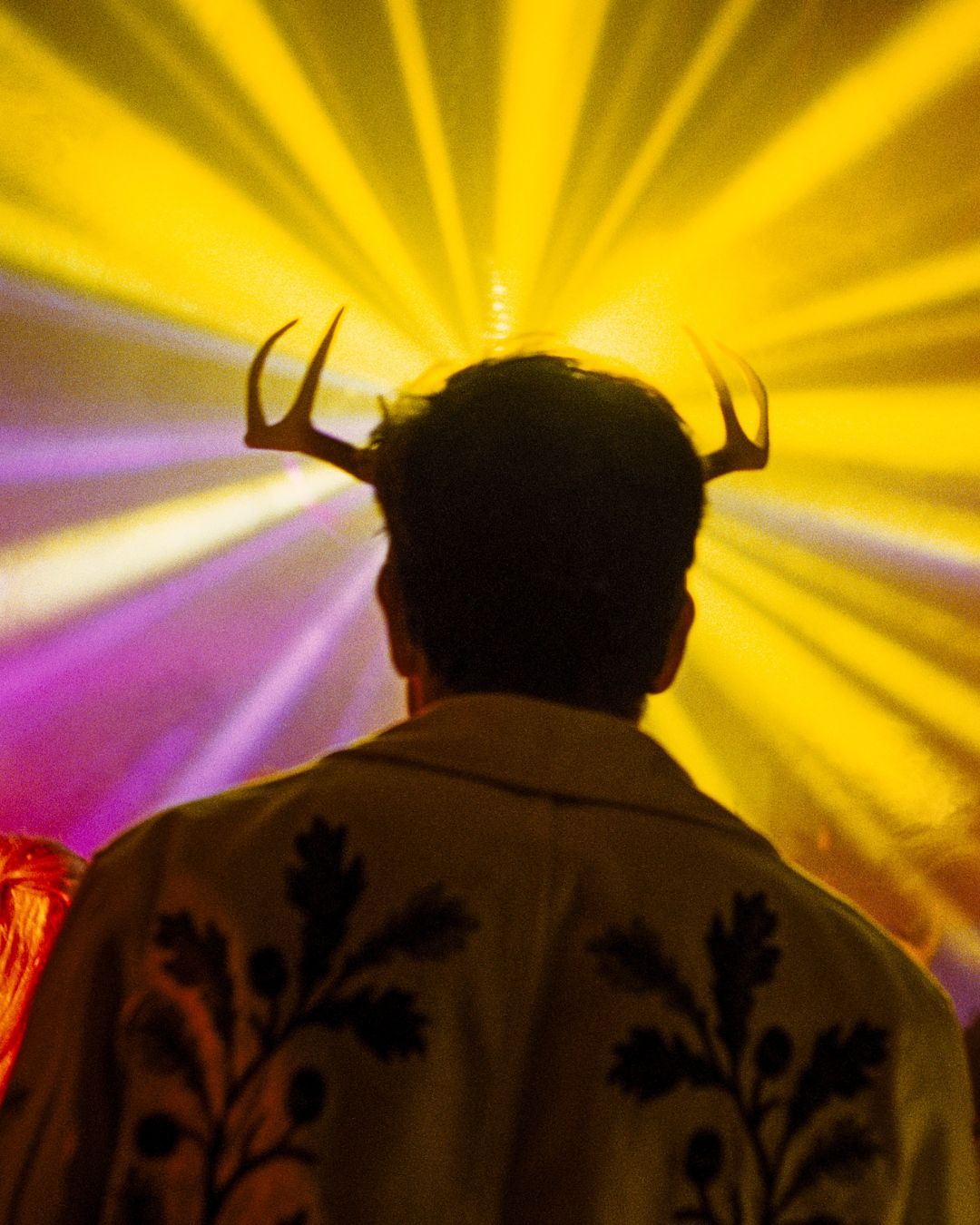
How Saltburn made us rediscover Murder on the Dancefloor The Dominance of TikTok and the Renaissance of Sophie Ellis-Bextor
In the final scene of the highly debated Saltburn, we witness its protagonist, the unsettling and calculating Oliver Quick (portrayed by the splendid Barry Keoghan), dancing completely naked in the noble estate of Saltburn, now entirely his own. He moves from room to room, hopping and dancing without restraint, expressing a sense of freedom and cathartic possession but also subtly unsettling, deliberately designed to discomfort the viewer. In the background, Murder on the Dancefloor, a 2001 track by Sophie Ellis-Bextor, a British singer-songwriter active since 1997 but nearly forgotten after a brief period of international success following her debut album, Take me Home.
Gen Z Discovers Murder on the Dancefloor Thanks to Saltburn
For anyone over 25 with a past obsession with MTV (like myself), Murder on the Dancefloor is a classic too easily forgotten, and it was nice to hear it again and deserving of this wave of success 22 years later. However, for the Gen Z, this scene, the culmination of a meticulously crafted film that one either loves or hates, evoking bygone times - times of Tumblr and fancams - was a true revelation, especially thanks to the chosen song. The effect is surprising: the song gained almost one million listens in December alone, much more than it had accumulated in the previous 11 months. Now, everyone awaits Sophie's next move, who has expressed her joy and gratitude for this unexpected success on social media, re-entering the public discourse, discovered and rediscovered, acclaimed belatedly. What was she doing while we weren't watching?
The TikTok Effect, Unpredictable and Surprising
Credit to the film, certainly, but also credit (who would have expected it?) to TikTok. The song was immediately embraced by users of the platform, transformed into a trend: some use it just for dancing, while others take it to the next level, using it as background music while strolling through their villa, palace, or mansion. Of course, fully clothed, unlike Oliver. This connection between cinema, TikTok, and virality (and thus success, or re-success) of someone or something is not new. A similar thing happened with Running Up That Hill by Kate Bush, on an even larger scale. The song, in the series Stranger Things, was used by Sam (one of the protagonists, played by Sadie Sink) to protect herself from the mental manipulation of the monster Vecna, and her friends use it to free her from the monster's clutches in one of the most intense scenes of the fourth season. Furthermore, something similar will likely happen when Timothèe Chalamet portrays Bob Dylan, making him mainstream (if that can be said, considering we're talking about one of the most renowned and well-known songwriters of the century) even to an audience usually excluded from his target audience.
@meg_coombs1 Dancing round my fiancés family home like… #saltburn #statelyhome #murderonthedancefoor #dancing #saltburnmovie #fyp #foryoupage original sound - Prime Video
Against Gatekeeping
This phenomenon makes you think. Will it become increasingly common, pushing past glories to actively seek inclusion in the soundtracks of highly anticipated films? On the other hand, will directors rack their brains to fish from the pot of meteors and forgotten successes the catchiest and TikTok-friendly song of all? There is no doubt, in fact, that even Saltburn, like in a sort of pinball effect, has also benefited from this rediscovery. Is it already happening? The forced effect is around the corner, risking a loss of surprise and naturalness that makes everything more entertaining. Furthermore, a discussion needs to be had about TikTok, mainstream, and the millennial desire for gatekeeping. On this video platform, there are no limits. Pop and commercial songs clash with obscure tracks that suddenly resurface, floating like buoys at the surface, often with dramatic effects on the careers of the involved artists. Of course, it's a matter of age (the very young audience needs someone to introduce them to songs from 20 years ago, as they are unlikely to discover them organically), but also of breaking down boundaries. In a social sphere increasingly poisoned by subtle advertising, relentless pursuit of economic return, weird wellness tips, and selling one's personal brand, perhaps it is precisely this quality of cultural melting pot and intergenerational unity that we should preserve, for an online space of discovery without snobbery or shame. One song at a time.
























































